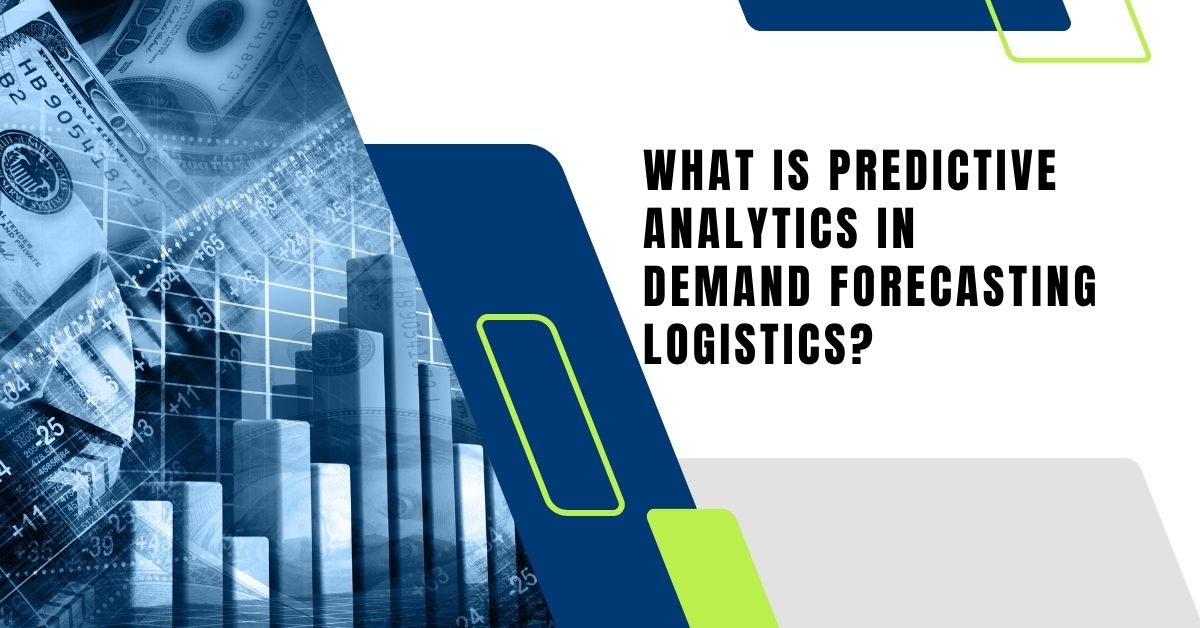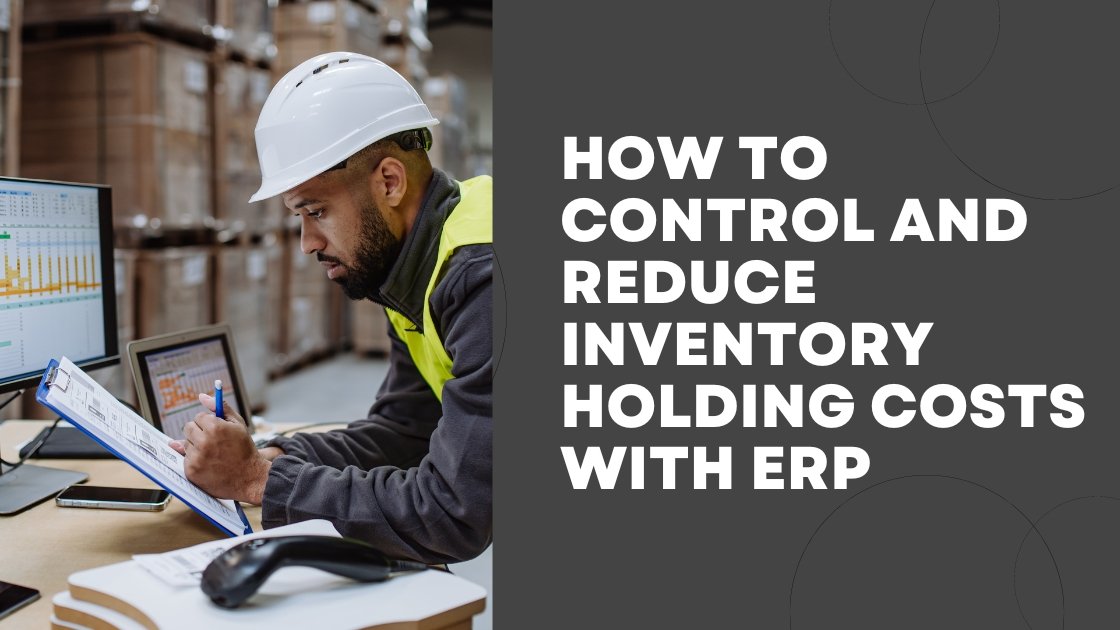What is Predictive Analytics in Demand Forecasting Logistics?


In today’s fast-paced logistics landscape, accurate demand forecasting is critical for optimizing operations and meeting customer expectations. Predictive analytics revolutionizes traditional forecasting methods by leveraging advanced algorithms and machine learning techniques. By analyzing historical data and identifying patterns, predictive analytics enables logistics companies to anticipate future demand levels with unprecedented precision. This proactive approach not only streamlines inventory management and reduces costs.
What is Predictive Analytics?
Predictive analytics in demand forecasting logistics is the application of advanced statistical algorithms and machine learning techniques to analyze historical data, identify patterns, and make accurate predictions about future demand for goods and services within the logistics industry. By leveraging vast amounts of data including past sales, market trends, seasonality, and external factors, predictive analytics enables logistics companies to anticipate future demand levels with greater precision. This proactive approach empowers businesses to optimize inventory levels, streamline supply chain operations, and enhance overall efficiency and customer satisfaction.
How to Implement Predictive Analytics for Demand Forecasting in Logistics?
Data Collection and Integration
Data collection and integration involve gathering diverse data from multiple sources and integrating it into a unified system. This process ensures data quality and harmonizes disparate datasets for analysis, enabling informed decision-making. Effective strategies facilitate a comprehensive view of operations, customers, and market trends aiding logistics strategic planning.
Data Preprocessing
Cleanse, normalize, and prepare the collected data for analysis. This includes handling missing values, outliers, and inconsistencies to ensure accuracy and reliability in the predictive models.
Selecting Predictive Models
Choose appropriate predictive analytics models such as regression analysis, time series forecasting, or machine learning algorithms like neural networks or random forests based on the nature of the data and forecasting objectives.
Model Training and Validation
Train the selected predictive models using historical data and validate their performance using techniques like cross-validation or holdout validation. Adjust model parameters and fine-tune algorithms to improve accuracy and robustness.
Integration with Logistics Systems
Integrate the developed predictive analytics models with existing logistics management systems or software platforms to automate demand forecasting processes. Ensure seamless data flow and synchronization between predictive analytics tools and operational systems.
Continuous Monitoring and Optimization
Monitor the performance of predictive analytics models regularly and update them as new data becomes available. Evaluate forecast accuracy, identify discrepancies, and refine forecasting models to adapt to changing market conditions and business dynamics effectively.
Benefits of Using Predictive Analytics in Logistics Demand Forecasting
Improved Accuracy
Predictive analytics algorithms can analyze large volumes of historical data to identify patterns and trends that humans might overlook. By considering various factors such as seasonality, holidays, economic indicators, and weather patterns, predictive analytics can provide more accurate demand forecasts compared to traditional methods.
Optimized Inventory Management
Accurate demand forecasting helps logistics companies optimize their inventory levels. By anticipating future demand more precisely, companies can reduce excess inventory and avoid stockouts, thereby minimizing carrying costs and improving overall operational efficiency.
Enhanced Customer Service
Predictive analytics enables logistics companies to meet customer demands more effectively by ensuring the availability of products when and where they are needed. By accurately forecasting demand, companies can minimize delays and backorders, leading to higher customer satisfaction and loyalty.
Cost Reduction
By optimizing inventory levels and streamlining operations based on demand forecasts, logistics companies can reduce costs associated with excess inventory, storage, transportation, and order fulfillment. Predictive analytics also helps identify opportunities for cost-saving initiatives, such as route optimization and resource allocation.
Proactive Decision Making
Predictive analytics provides real-time insights into changing market conditions and consumer behaviors, enabling logistics companies to make proactive decisions and adapt their strategies accordingly. By staying ahead of demand fluctuations and supply chain disruptions, companies can mitigate risks and capitalize on opportunities more effectively.
Streamlined Supply Chain Operations
Predictive analytics not only forecasts demand but also identifies potential bottlenecks and inefficiencies within the supply chain. By analyzing data from various sources, including suppliers, manufacturers, distributors, and retailers, logistics companies can identify areas for improvement and implement strategies to streamline operations and reduce lead times.
Forecasting Accuracy Improvement Over Time
As more data becomes available and predictive models are refined, the accuracy of demand forecasts improves over time. By continuously analyzing and updating data, logistics companies can enhance the performance of their predictive analytics models and stay ahead of market dynamics and customer preferences.
In conclusion, the adoption of predictive analytics for logistics demand forecasting presents a transformative opportunity for logistics companies. By harnessing advanced algorithms and machine learning techniques, businesses can achieve improved accuracy in forecasting, optimize inventory management, enhance customer service, and streamline supply chain operations. The proactive decision-making facilitated by predictive analytics empowers companies to adapt swiftly to market dynamics, reduce costs, and drive operational efficiency. Embracing predictive analytics for logistics is pivotal for staying competitive and meeting evolving customer demands in today’s dynamic business landscape.








